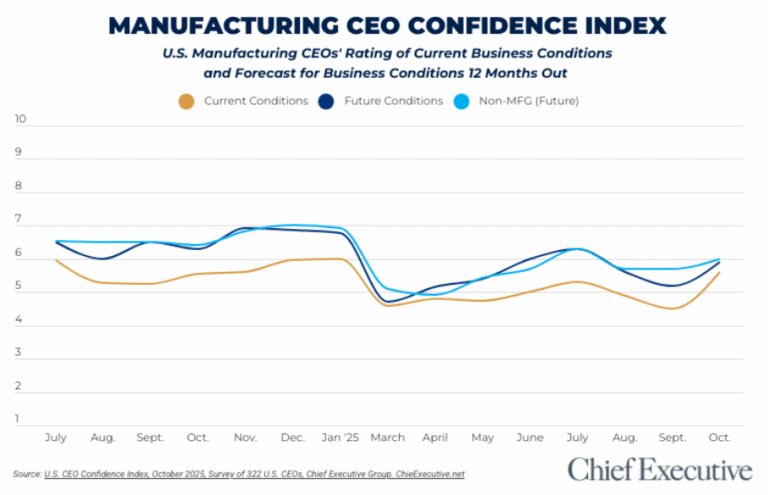


Shadow IT—any tech used within your organization without the IT or security group’s knowledge—can not only have high costs, but leave you open to security threats.
Sethu Meenakshisundaram, co-founder of Zluri, a SaaS management company, shares his insights about how organizations can best manage these “unmanaged” apps and get a clear view of their tech strategy.
Organizations should look at a SaaS management platform that can give them visibility into all the applications used in the company. This way they can get a single view of managed apps and unmanaged apps—shadow IT as well as shadow AI.
Once all applications are visible, then IT departments can examine usage data to determine exactly which applications are being underutilized or have unused licenses that can be eliminated. Standardizing and streamlining the SaaS stack by creating a list of approved applications and discouraging use of redundant apps can help reduce costs.
Organizations should also create centralized SaaS management to gain visibility into application usage and spend. In turn, they are enabled to identify opportunities to consolidate redundant tools, rightsize license counts and make data-driven decisions about renewals.
Automating workflows around provisioning, deprovisioning and license management can also further optimize usage and spend. Also critical for controlling unnecessary expenses and controlling shadow IT and shadow AI is establishing clear organization policies and providing employee training on appropriate SaaS usage as well as AI apps that may be restricted.
Some key metrics for organizations to track for managing SaaS costs include:
IT leaders should highlight the potential cost savings from eliminating unused licenses, consolidating redundant apps and negotiating better contract terms in order to build a business case and receive buy-in from finance and procurement for SaaS optimization. Benchmarking current SaaS spend against industry averages can also help in quantifying the opportunity.
Collaborating closely with finance and procurement to align goals, share data and implement best practices for SaaS management will further strengthen the business case. If IT leaders are able to run a pilot of optimization effort, demonstrating quick wins and ROI can be incredibly helpful in securing ongoing support and investment.
Additionally, IT leaders should work closely with the compliance and security teams to improve security and compliance with improved access management and access reviews.
Automation will play a growing role in SaaS operations management going forward. As organizations’ SaaS portfolios continue to grow in both size and complexity, manually managing all the associated workflows becomes untenable. Several processes that are ripe for automation include:
By automating the above repetitive and time-consuming tasks, IT teams can improve efficiency, reduce human error and free up time to focus on more strategic initiatives.
Take, for example, automating access control through user lifecycle management. This ensures that employees always have the right tools and permissions from the get-go without IT having to handle each request manually. Automated license harvesting and re-allocation helps continually optimize spend; automating renewal tracking and vendor performance monitoring also provides proactive alerting to prevent missed renewals or SLA violations.
To determine which SaaS management tasks to prioritize for automation, IT teams should follow five initial steps:
Catalog current workflows and estimate time spent. Break down each step of the SaaS management lifecycle, map out existing processes and gather data on time and resources required for each manual task.
Identify frequent, repetitive tasks. Look for high-volume, standardized processes that follow a consistent workflow, such as access requests, offboarding and license adjustment.
Analyze error rates. Manual processes are prone to human error. Automating tasks with high error rates can improve accuracy and efficiency.
Prioritize based on impact. Rank opportunities based on expected time savings, error reduction and strategic value. To be most productive, focus initially on what frees up the most time and resources while aligning with business priorities.
Assess automation feasibility. Evaluate IT skills and tooling required to automate each use case. Determine whether the right APIs, integrations and platforms are available to enable automation. It’s recommended to start with simpler tasks before taking on more complex workflows.
This approach enables IT teams to build a roadmap for automating SaaS management in phases, tackling the highest-value opportunities first. Over time, expanding automation across the SaaS lifecycle enables IT to take a more proactive, strategic role in optimization.




0

1:00 - 5:00 pm
Over 70% of Executives Surveyed Agree: Many Strategic Planning Efforts Lack Systematic Approach Tips for Enhancing Your Strategic Planning Process
Executives expressed frustration with their current strategic planning process. Issues include:
Steve Rutan and Denise Harrison have put together an afternoon workshop that will provide the tools you need to address these concerns. They have worked with hundreds of executives to develop a systematic approach that will enable your team to make better decisions during strategic planning. Steve and Denise will walk you through exercises for prioritizing your lists and steps that will reset and reinvigorate your process. This will be a hands-on workshop that will enable you to think about your business as you use the tools that are being presented. If you are ready for a Strategic Planning tune-up, select this workshop in your registration form. The additional fee of $695 will be added to your total.

2:00 - 5:00 pm
Female leaders face the same issues all leaders do, but they often face additional challenges too. In this peer session, we will facilitate a discussion of best practices and how to overcome common barriers to help women leaders be more effective within and outside their organizations.
Limited space available.

10:30 - 5:00 pm
General’s Retreat at Hermitage Golf Course
Sponsored by UBS
General’s Retreat, built in 1986 with architect Gary Roger Baird, has been voted the “Best Golf Course in Nashville” and is a “must play” when visiting the Nashville, Tennessee area. With the beautiful setting along the Cumberland River, golfers of all capabilities will thoroughly enjoy the golf, scenery and hospitality.
The golf outing fee includes transportation to and from the hotel, greens/cart fees, use of practice facilities, and boxed lunch. The bus will leave the hotel at 10:30 am for a noon shotgun start and return to the hotel after the cocktail reception following the completion of the round.